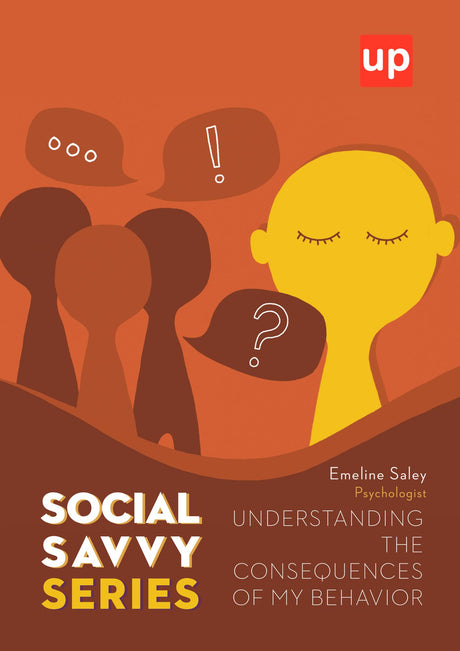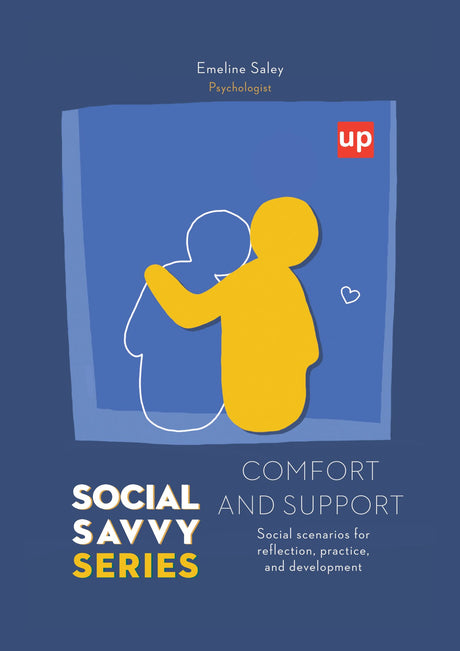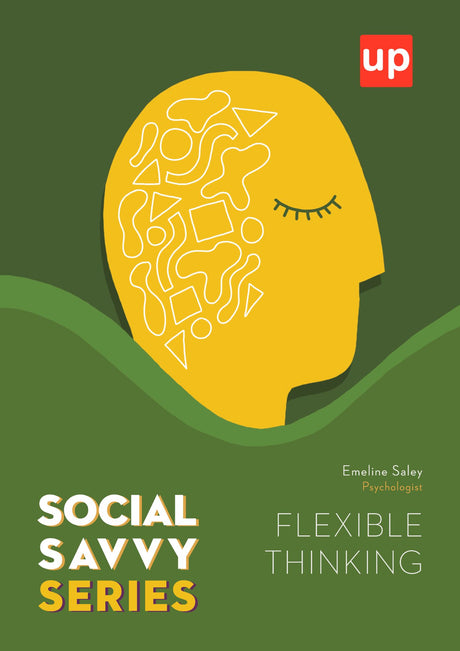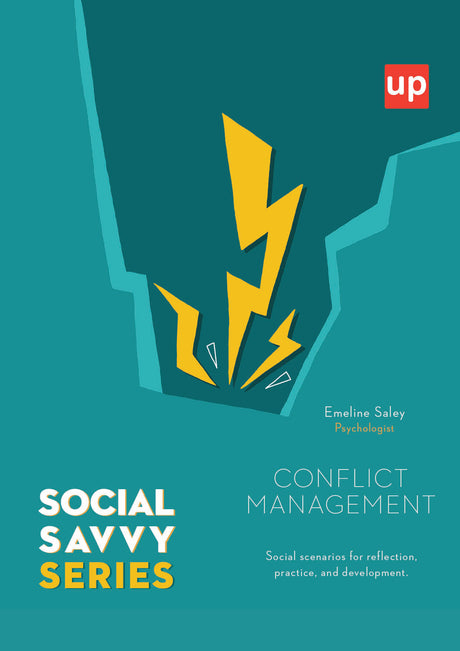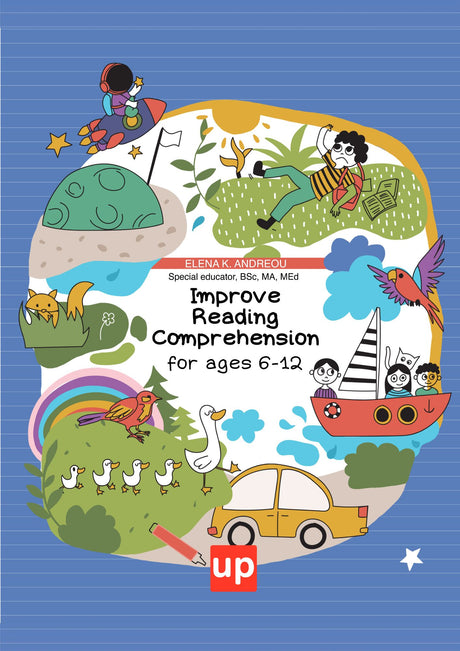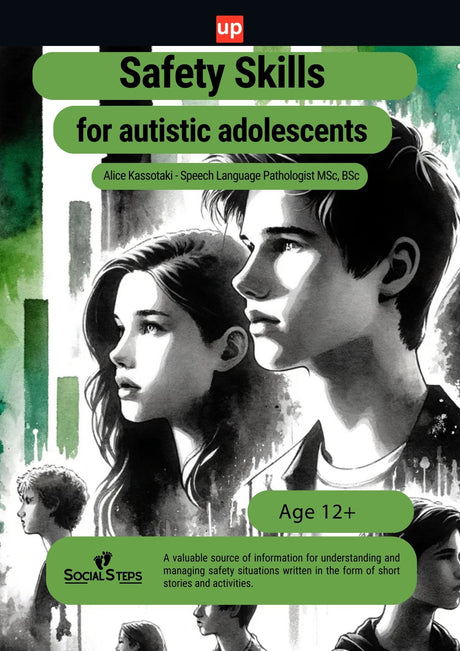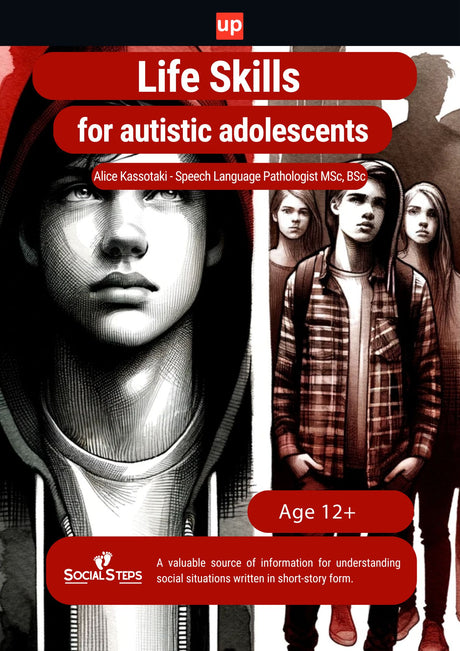Dyslexia affects reading and language skills. Symptoms, including trouble reading, poor spelling, and difficulty recognizing words, are crucial to identify. Recognizing these signs early can help in managing dyslexia and symptoms effectively. This article explores dyslexia and symptoms in children and adults and shares strategies for support.
Key Takeaways
- Early detection of dyslexia signs, such as slow speech development and phonemic awareness challenges, is crucial for effective intervention and support.
- Dyslexia symptoms often manifest as reading and spelling difficulties that persist into adolescence and adulthood, requiring ongoing support and tailored strategies.
- Common myths about dyslexia, such as it being solely a visual issue or linked to intelligence, must be debunked to enhance understanding and support for affected individuals.
Early Signs in Young Children
Early signs of dyslexia can often be detected before children start school. One of the common signs is a history of slow speech development. Children might confuse words or have trouble pronouncing them, for example, saying “cubumber” instead of “cucumber”. These early indicators can be subtle, but they are crucial for parents and teachers to recognize.
Difficulty with phonemic awareness and spoken language are early signs of dyslexia in pre-school children. Children might struggle to recognize that words are made up of smaller sound units, which can lead to learning difficulties when they start school. Parents should pay attention to these symptoms and consult with their child’s teacher if they notice persistent issues.
A family history of reading difficulties can increase the likelihood of a child being dyslexic. If dyslexia is known in the family, closely monitoring the child’s development is important. Early intervention significantly aids in managing dyslexia and developing essential skills.
Dyslexia Symptoms in School-Aged Children

As children enter their child’s school, the symptoms of dyslexia become more apparent. Children aged 5 to 12 commonly experience reading difficulties and challenges with spelling as symptoms of dyslexia. Recognizing these symptoms early ensures the child receives necessary support and interventions.
Children with dyslexia may exhibit difficulties in understanding the connections between letters and sounds. This can lead to significant learning difficulties, particularly in developing reading and spelling skills. Teachers and parents should collaborate to identify these issues early and implement supportive strategies.
Struggles with spelling are often a direct result of reading difficulties. Dyslexic children often struggle with consistent and accurate spelling, affecting their overall academic performance. Early intervention can help mitigate the long-term effects of dyslexia.
Phonological Awareness Challenges
Phonological awareness refers to recognizing that words consist of smaller sound units. Strong phonological awareness is critical for effective reading. Children with dyslexia often struggle to distinguish between similar sounds, impacting their auditory discrimination.
Without phonological awareness, developing effective reading skills becomes difficult. Breaking down words into component sounds can be challenging, impacting their ability to read aloud fluently. Tasks like blending and segmenting sounds can be particularly challenging for children with poor phonological awareness.
Struggling with sequencing tasks, like following multi-step instructions, can indicate dyslexia. These challenges may cause difficulty in answering phoneme-related questions, complicating their learning further. Targeted interventions can significantly improve reading skills.
Difficulty with Word Recognition
Word recognition struggles are common among children with dyslexia. Decoding unfamiliar words is challenging, often causing hesitant reading and difficulty recognizing previously seen words. This can impact their overall reading fluency and comprehension.
Children with dyslexia often struggle to recognize words quickly and accurately. This difficulty can lead to frustration and reduced confidence in their reading abilities. Even simple words can become problematic, affecting reading fluency and comprehension.
The difficulty in recalling familiar words and decoding new words can create a significant barrier to learning. Educators and parents should provide support and resources to help children overcome these challenges and improve reading skills.
Trouble with Writing and Spelling
Writing and spelling are particularly challenging for children with dyslexia. Many struggle to organize their thoughts in essays, hindering clear expression. Grammar and punctuation issues are common, further complicating writing abilities.
Dyslexic children often spell inconsistently, varying the spelling of the same word in different contexts. Such inconsistency makes the written word difficult and frustrating. Even at a basic reading level, many dyslexics continue to struggle with poor spelling and writing.
These challenges require targeted interventions and support. Structured guidance and assistive technologies can help children with dyslexia develop necessary writing and spelling skills.
Dyslexia in Teenagers and Adults

As academic demands grow, dyslexia symptoms become more apparent in teenagers and adults. Individuals with dyslexia often struggle with time management, hindering task completion on schedule. These challenges affect academic performance and daily life.
Reading fluency issues in teenagers and adults with dyslexia often appear as slow or inaccurate reading, impacting comprehension. This can make it difficult for them to keep up with their peers and affect their confidence. Ongoing support and resources are vital to help manage these challenges.
Dyslexia is lifelong, but with the right strategies and support, individuals can manage their symptoms effectively. Understanding their unique challenges and strengths helps them develop skills for success in personal and professional lives.
Associated Learning Difficulties
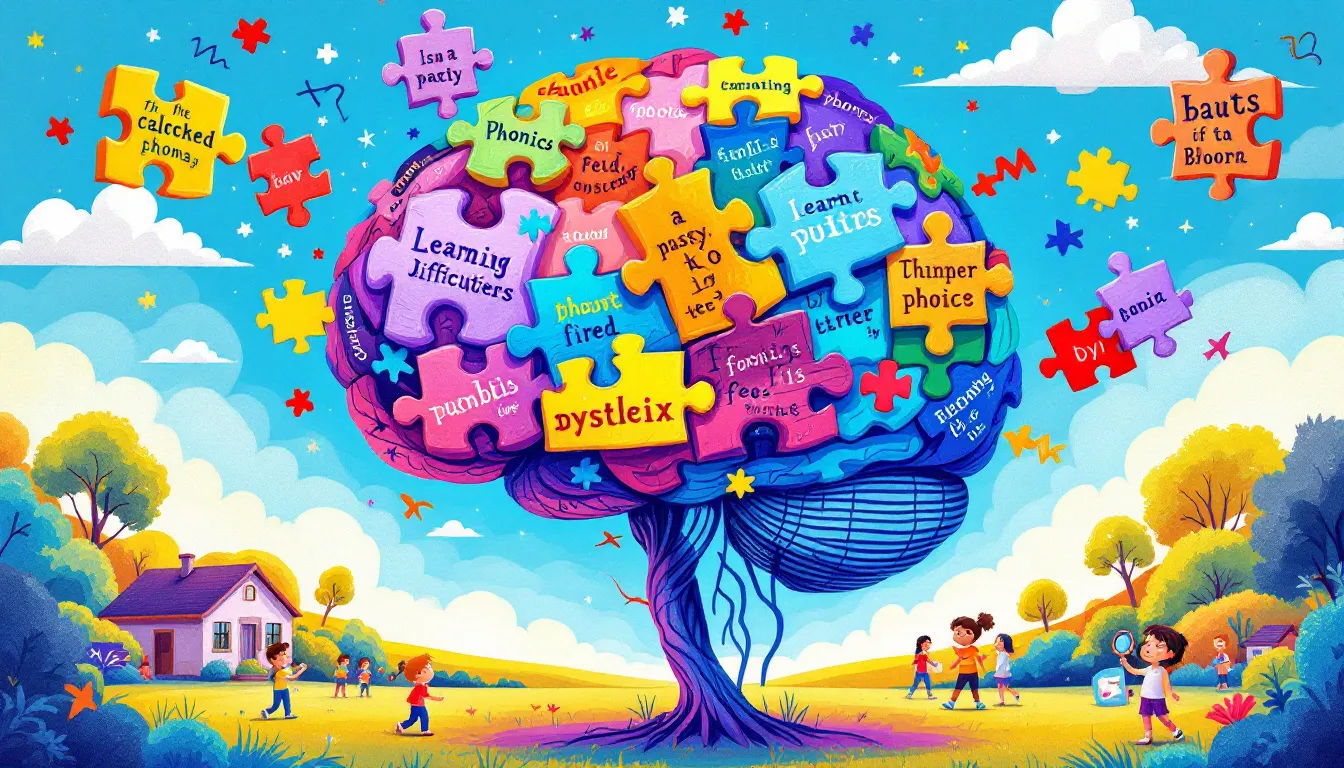
Dyslexia often accompanies other learning difficulties, such as dyscalculia, ADHD, and developmental coordination disorder. These additional challenges complicate the learning process and require comprehensive support strategies for those who are dyslexia diagnosed and have learning disabilities.
Many adults with dyslexia struggle with complex language tasks, such as understanding and using grammar. Dyslexia can cause significant challenges in verbal expression, even in familiar settings. These issues impact their ability to communicate effectively and participate socially.
Children with dyslexia may struggle in areas like mathematics and learning new languages. Phonological processing problems are a common cognitive challenge for individuals with dyslexia. Addressing these learning difficulties requires a holistic approach for overall development.
Getting Help and Support

Parents concerned about their child’s reading and writing progress should talk to the child’s teacher. Requesting an assessment can identify special needs and ensure proper guidance. Many educators lack formal training in identifying and addressing dyslexia, leading to misdiagnoses or overlooked cases.
Classroom accommodations, like extended test-taking time or allowing oral responses, are crucial for supporting students with dyslexia. Assistive technologies like pocket spellcheckers and digital scanning pens facilitate easier access to written content.
Different teaching methods may be necessary if no obvious health problems cause learning difficulties. Strategies like preteaching vocabulary, providing outlines, and creating advance organizers can help students with dyslexia better understand new material.
Breaking down writing tasks into smaller steps can help children with dyslexia develop writing skills more effectively. Oral brainstorming can help organize thoughts before writing.
Overcoming Dyslexia
Multisensory learning techniques engage multiple senses, aiding students with dyslexia. Assistive technology, such as speech-to-text software, can significantly aid dyslexic students in expressing their thoughts without writing difficulties.
Early intervention and systematic teaching methods can significantly mitigate dyslexia’s effects. Delaying formal written language instruction until reading skills are more developed can be beneficial.
Dyslexia requires structured literacy intervention and support; alternative remedies cannot cure it. With the right strategies and resources, individuals with dyslexia can manage their symptoms and achieve their full potential.
Common Myths and Facts
Numerous myths surround dyslexia, leading to misunderstandings about the condition. Research consistently confirms dyslexia as a recognized learning disability affecting many individuals. It is a specific learning disability, not a vague term for various learning issues.
A common misconception is that dyslexia is a visual issue, where individuals see letters or words backwards. In reality, dyslexia involves difficulties with language processing, not primarily a visual issue. Another myth is that dyslexia reflects effort or motivation, but affected individuals are often bright and hardworking.
Dyslexia affects about 5-10% of the U.S. population, with some estimates reaching up to 17%. Intelligence is not linked to dyslexia; many individuals with dyslexia are highly intelligent and capable. Debunking these myths helps us better understand and support those with dyslexia.
Upbility.net books offer a wealth of resources that can significantly aid individuals with dyslexia and related learning difficulties. These books provide structured strategies and practical exercises designed to enhance reading, spelling, and phonological awareness skills. By focusing on multisensory learning techniques, Upbility.net materials help engage different senses, making it easier for dyslexic individuals to process and retain information. The books also include step-by-step guidance for parents and teachers, ensuring that they can effectively support children in overcoming dyslexia. With a comprehensive approach, Upbility.net books empower individuals to improve their reading fluency and build confidence in their academic abilities.
Summary
Dyslexia is a complex condition that affects individuals in various ways, from early childhood through adulthood. Recognizing the early signs and symptoms is crucial for providing timely interventions and support. Understanding the associated learning difficulties and dispelling common myths can help create a more supportive environment for those with dyslexia.
By implementing effective strategies and using assistive technologies, individuals with dyslexia can overcome their challenges and achieve their full potential. With the right support, they can lead successful and fulfilling lives, proving that dyslexia does not define their capabilities.
Frequently Asked Questions
What are the early signs of dyslexia in young children?
Early signs of dyslexia in young children include slow speech development, challenges with phonemic awareness, and confusion with words, particularly if there is a family history of reading difficulties. Recognizing these signs early can facilitate timely intervention.
How does dyslexia affect school-aged children?
Dyslexia significantly impacts school-aged children by hindering their abilities in reading, spelling, phonological awareness, word recognition, and writing. This can lead to challenges in academic performance and self-esteem.
Can dyslexia affect teenagers and adults?
Indeed, dyslexia can persist into adolescence and adulthood, affecting reading fluency, comprehension, and even organizational skills. It is crucial to recognize these challenges to provide appropriate support.
What other learning difficulties are associated with dyslexia?
Dyslexia is frequently associated with other learning difficulties, including dyscalculia, ADHD, as well as challenges related to memory and language. These co-occurring conditions can further impact an individual's learning experience.
How can individuals with dyslexia overcome their challenges?
Individuals with dyslexia can overcome their challenges by employing multisensory learning techniques, utilizing assistive technology, securing early intervention, and engaging with systematic teaching methods. These strategies provide a comprehensive approach to facilitate success.
Original content from the Upbility writing team. Reproduction of this article, in whole or in part, without credit to the publisher is prohibited.
References
-
International Dyslexia Association. (2023). Understanding Dyslexia: Signs, Symptoms, and Strategies. Retrieved from https://dyslexiaida.org/understanding-dyslexia/
-
Shaywitz, S. (2003). Overcoming Dyslexia: A New and Complete Science-Based Program for Reading Problems at Any Level. New York: Knopf.
-
Snowling, M. J., & Hulme, C. (2012). The Science of Reading: A Handbook. Oxford: Blackwell Publishing.
-
Lyon, G. R., Shaywitz, S. E., & Shaywitz, B. A. (2003). A Definition of Dyslexia. Annals of Dyslexia, 53(1), 1-14.
-
National Institute of Child Health and Human Development. (2023). Dyslexia: What You Need to Know. Retrieved from https://www.nichd.nih.gov/health/topics/dyslexia
-
British Dyslexia Association. (2023). Dyslexia and Learning Disabilities: A Guide for Parents and Teachers. Retrieved from https://www.bdadyslexia.org.uk/
These references provide further insights into dyslexia, its symptoms, and strategies for support and intervention.


